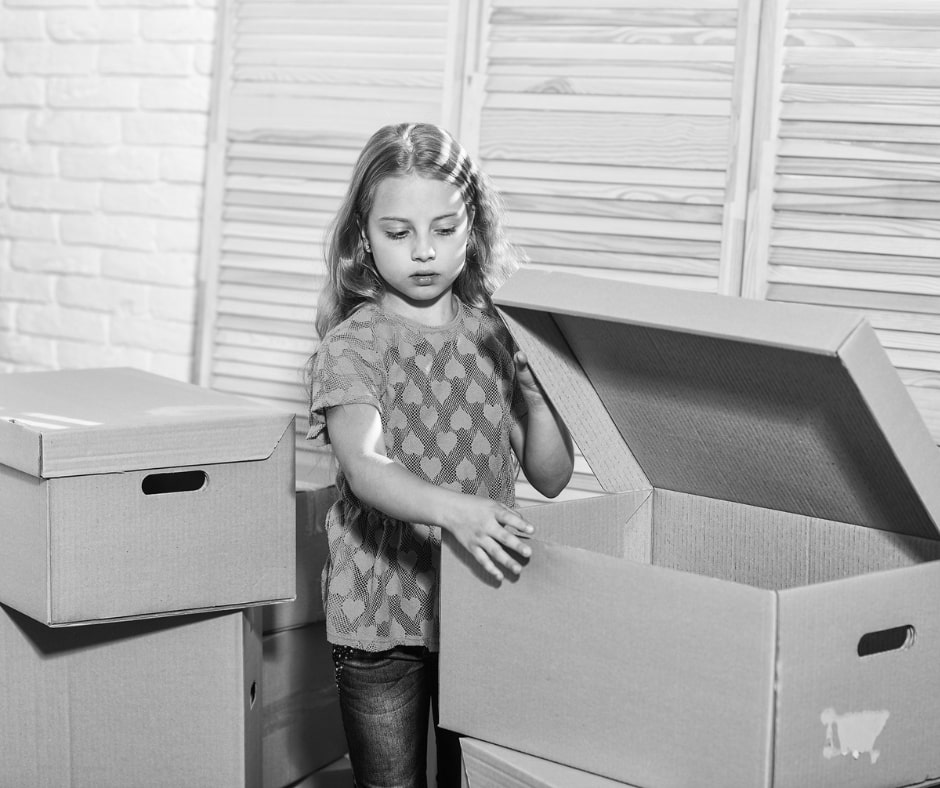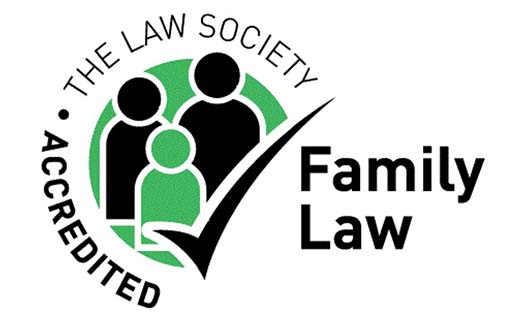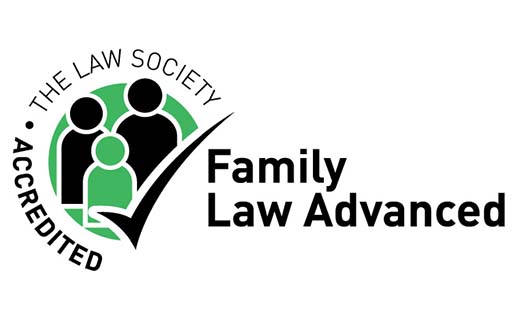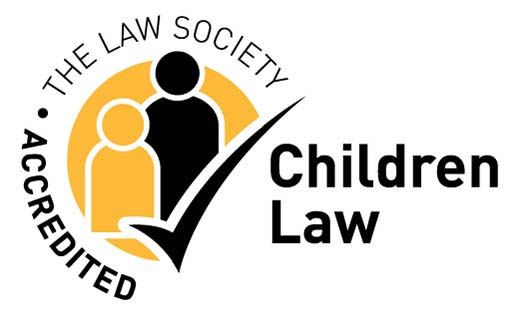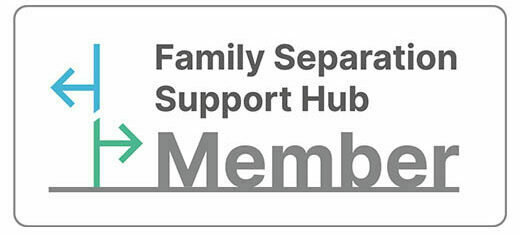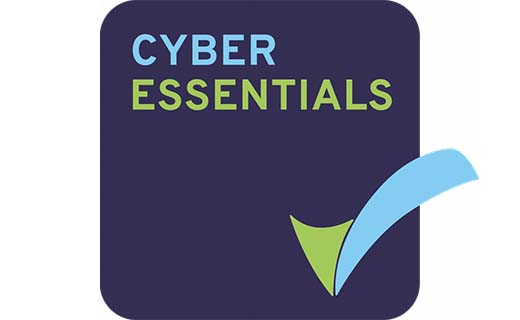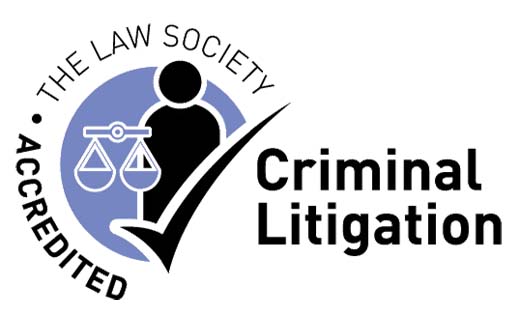If a referral is made to social services, they have an obligation to safeguard any children at the heart of any referral and ensure their safety and wellbeing. If required, social services will offer protection from a home environment that is deemed to be causing harm / is at risk of causing harm to any children living there. They offer a range of services to support families, but if the conditions for the child cannot be improved through the provision of targeted support, they may decide to escalate matters via their legal department and consider issuing court proceedings if they feel it is no longer safe for a child to remain in the family home.
Many families feel anxious when social services become involved as they are frightened their child will immediately be removed from the home. However, this can only be done if there is evidence that the child faces immediate risk of harm (and is only sanctioned by police, PPO, or emergency protection orders, EPO). Otherwise, the decision to remove children will be made under an application from an interim care order, for which there will be legal arguments advanced for all parents/ carers with parental responsibility before the family Judge makes a decision.
This article will cover the reasons why social services may ask the court to move a child from a family home, as well as what you should do at this stressful time if social services have become involved with your family.
What is the Children’s Act of 1989?
The Children’s Act 1989 is a statute put in place to sets out various legal considerations for issues concerning children including child arrangements, prohibited steps and care proceedings (this is not a full list). There is the base belief that every child has the right to be protected from abuse, neglect, exploitation, and dangerous home environments. The general principles of the Children’s Act are:
- The child’s welfare is the court’s “paramount consideration” when deciding on the outcome for the child.
- Delay is likely to prejudice the welfare of the child. “principle of no delay”.
- The court shall make no order unless it considers it will create a better outcome for the child then no order. “no order principle”.
This starting point for all decision making in care and supervision proceedings is such that children are best cared for by their own families if it is safe to do so, and the court will always aim to keep the child and the parent together while providing any necessary support before looking to other family members or friends to take over the main care responsibilities. However, if it is deemed unsafe for the child to remain with the parents, social services will look at other options to place outside the family.
What are the common reasons social services would want to remove a child from a family?
There are many reasons why a child could be removed from their home and placed outside of family and friends, but common reasons include abuse, neglect, illness, or abandonment.
- Abuse: Abuse is the most common reason that children end up in local authority care, and falls into four main categories: physical, emotional, sexual, and substance abuse.
- Neglect: This includes emotional neglect where the child’s emotional needs are not met, medical neglect whereby medical treatment is not sought when needed, or not providing the child with their basic human rights, including food, water, and a clean home in which to live.
- Illness: Illness – be that physical or mental illness – that means parents or guardians cannot look after their child can also cause social services to intervene.
- Abandonment: Children will also be cared for by social services if they are abandoned, such as leaving them alone for extended periods of time or never returning after dropping your child off at a babysitter.
What is the difference between child protection and safeguarding?
One of the main roles of social services is to safeguard children. Safeguarding also extends into the wider community and all areas of a child’s life such as in schools, healthcare, home life, and online safety. All these aspects of a child’s life are governed by policies intended to protect children from harm. It is the responsibility of an entire community to safeguard children, not solely social services.
Child protection, on the other hand, is part of the safeguarding process. It focuses on children who have already been identified as being vulnerable and ensures they are removed or protected from harmful situations. This is also a fundamental role of social services, and if concerns have been raised to social services regarding your child, they have a duty to protect or remove that child.
What does a social worker do in child protection?
As the Children’s Act 1989 focuses on keeping families together, before taking a child, social services may deploy a social worker. In its most basic sense, child protection social workers are there to help a child feel safe in their family and support the child’s wellbeing. A social worker will work alongside your family to support vulnerable children and improve the child’s life.
However, if social services view your home situation as too high risk and they see no alternative than to ask the court to remove the child, they will issue urgent court proceedings, and the Judge will determine the best course of action for the child.
What should I do if social services are involved with my family?
If social services are investigating your child’s safety and wellbeing and you have had notice of court proceedings being issued, it is important to seek legal advice as soon as possible. The sooner you involve an experienced legal team, the better your chances of your family staying together.
Our experienced family solicitors are here to help if social services are involved with your family. Contact us for a confidential consultation.

